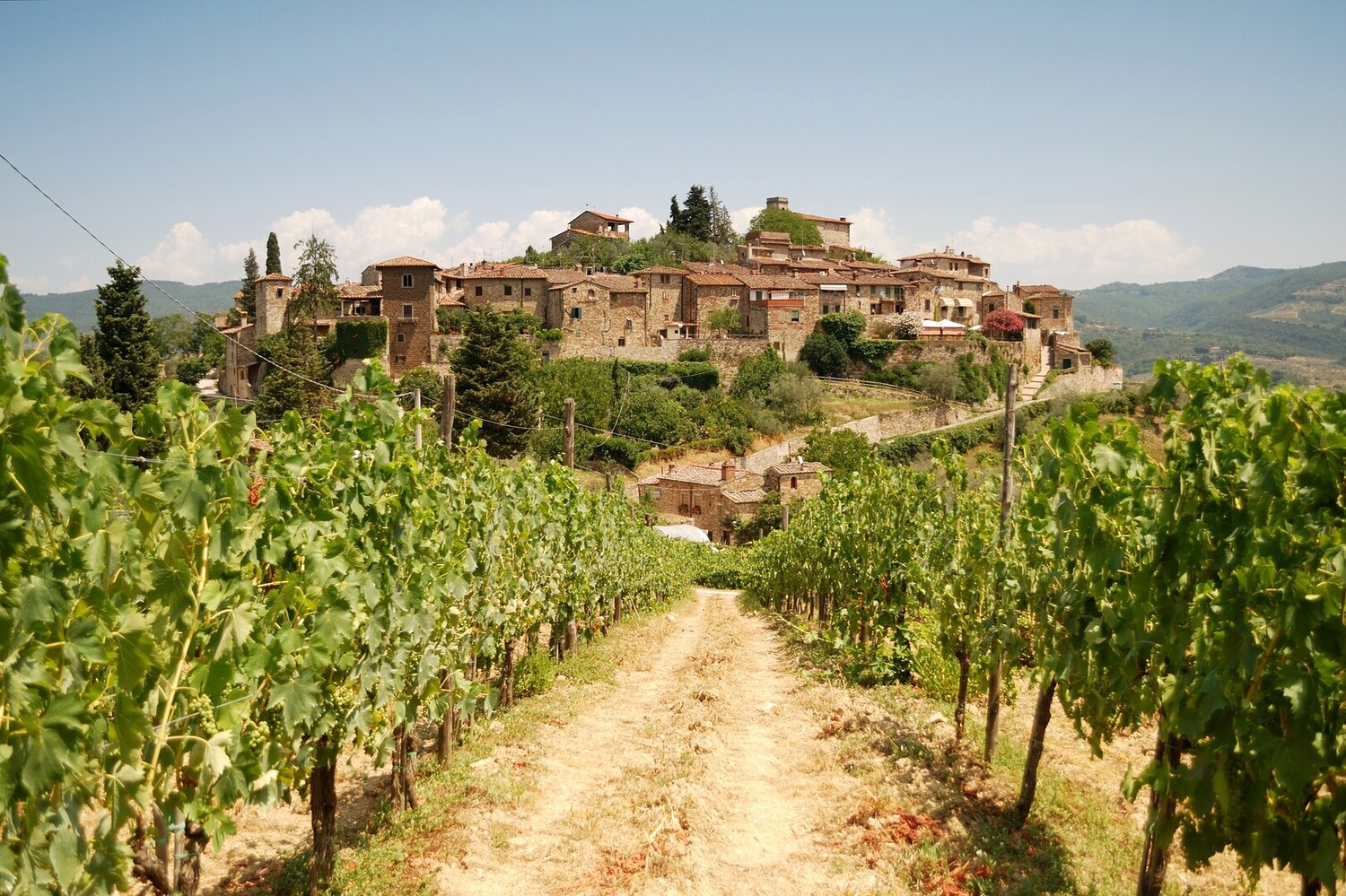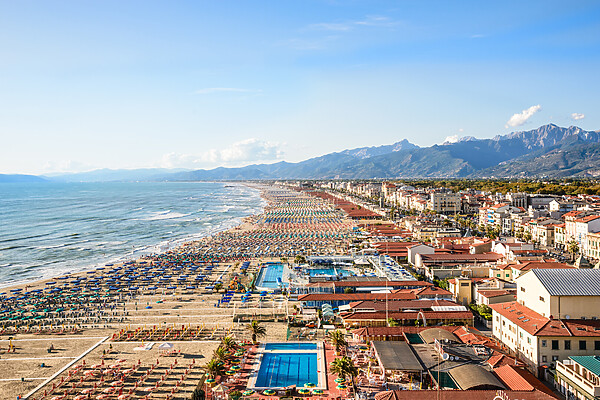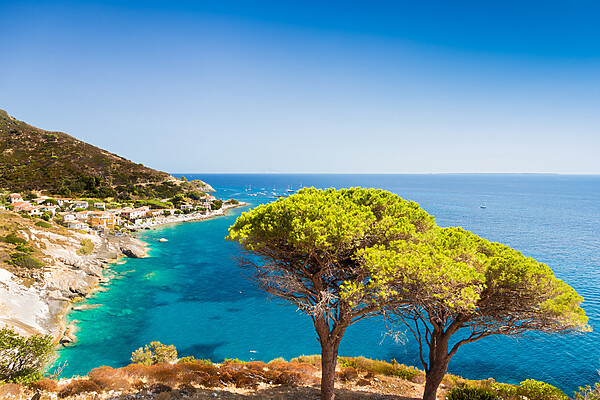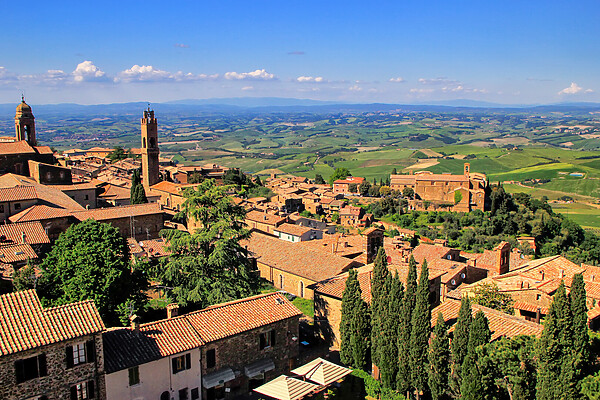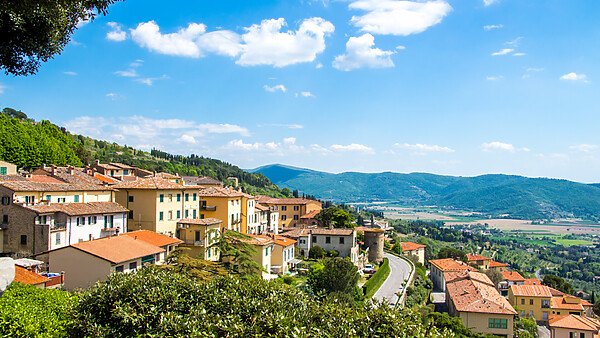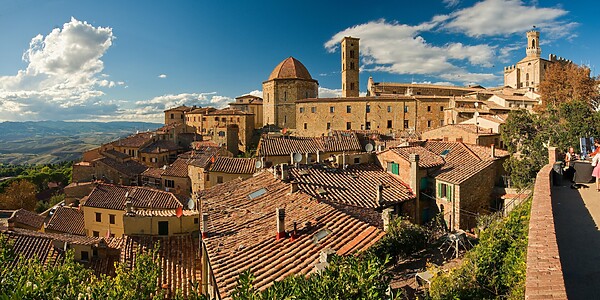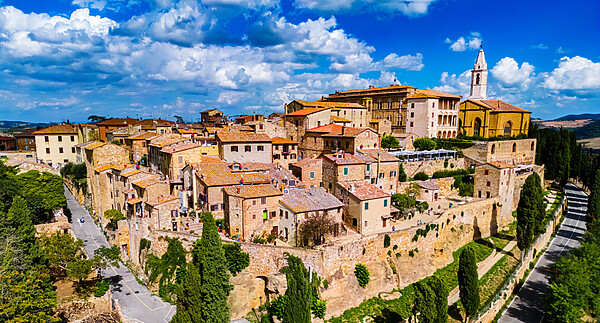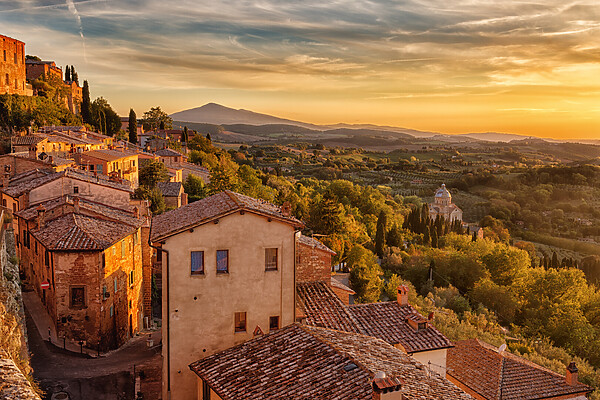Golden light spills over cypress-lined roads, terracotta towns perch on hilltops, and vineyard rows stretch as far as the eye can see, welcome to Tuscany. From the art-filled streets of Florence to the quiet charm of Montepulciano and the wine-soaked beauty of Chianti, this guide rounds up the best places to visit in Tuscany. You’re planning your first trip or your fifth, it’s a region that keeps delivering: epic views, rustic trattorias, and unforgettable glasses of local wine. Looking to dive into Tuscany wine tours along the way? We’ve got you covered with tips for every stop.
What are the best places to Visit in Tuscany?
1- Admire art & architecture in Florence
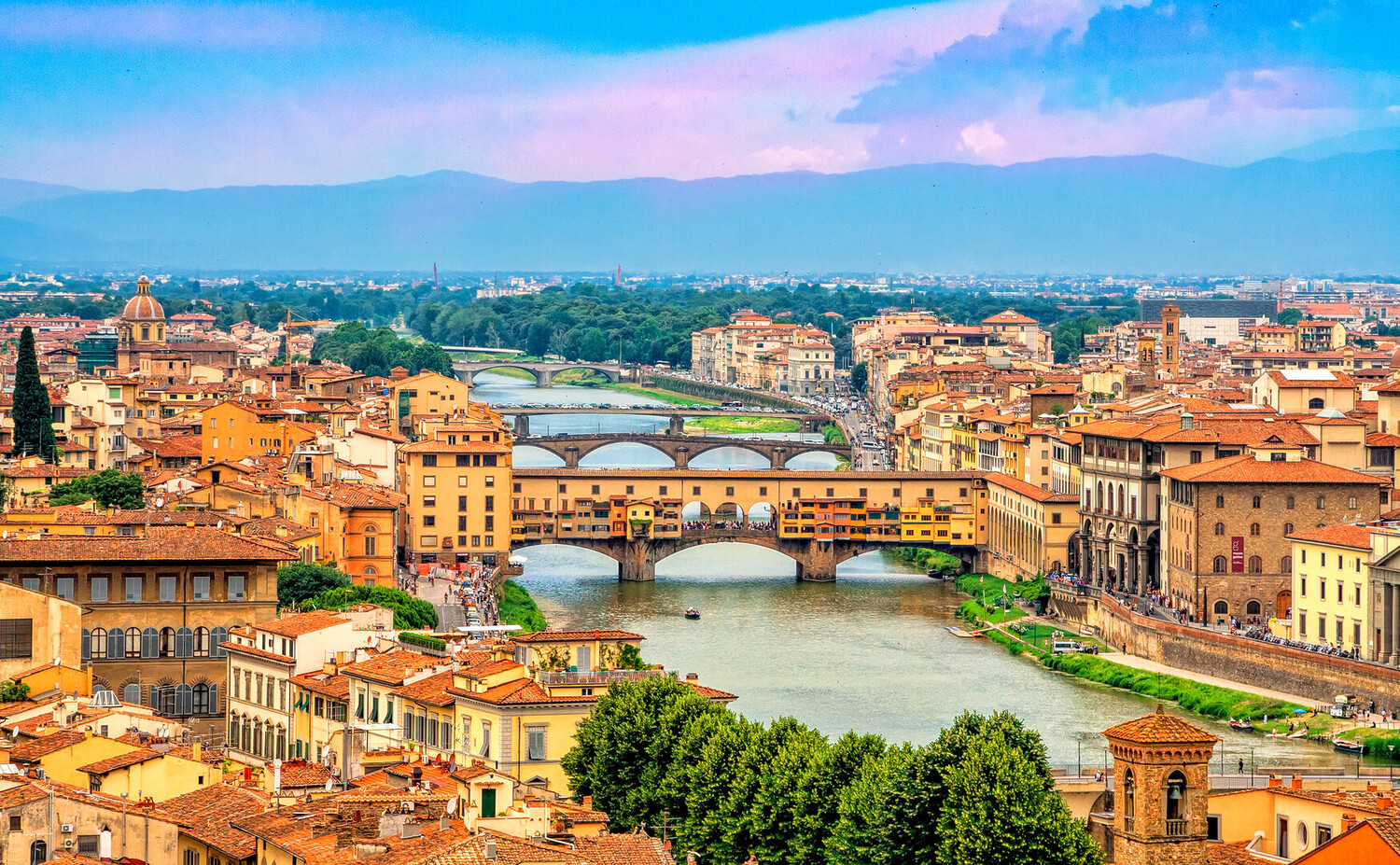
Florence doesn’t just live up to the hype, it exceeds it. From the jaw-dropping Florence Cathedral to Michelangelo’s David and the Uffizi’s masterpieces, every corner of the city oozes art and energy. Walk the cobbled alleys, fuel up on handmade pasta, then join one of the best Florence wine tours to taste your way through Tuscany without even leaving the city.
Ready to plan your visit? Here’s your cheat sheet for the best things to do Florence, from local markets to rooftop aperitivos.
2- Visit the UNESCO-Crowned Siena

Siena pulls you straight into the heart of medieval Tuscany. Its famous Piazza del Campo, home to the adrenaline-filled Palio horse race, is just the start. Climb narrow stone lanes, grab a seat in a sunny square, and check out the Duomo’s mind-blowing mosaic floors. Beyond the sights, this is also prime territory for top-tier Siena wine tours, you’re surrounded by Chianti country, after all.
Need ideas? Here’s your shortlist of the best things to do in Siena Italy, from Gothic gems to local bites and hilltop vineyards.
3- Wander the stone streets of San Gimignano

San Gimignano hits different with its skyline of medieval towers and vineyard-lined hills. Tucked into the Chianti region, this UNESCO gem is perfect for slow travel, think cobbled streets, famous gelato, and sunny piazzas buzzing with life. For wine lovers, the local Vernaccia is a must, and San Gimignano wineries offer some of the best tastings in Tuscany. Wondering what to do besides sipping? From ancient cisterns to panoramic towers, here’s your list of essential things to do San Gimignano, just don’t forget to bring your camera.
4- Snap the iconic leaning tower of Pisa

No trip to Tuscany is complete without a stop in Pisa. Snap your photo with the iconic Leaning Tower on the Piazza dei Miracoli, then take time to explore the stunning Cathedral and Baptistery that complete this UNESCO World Heritage complex. But Pisa isn’t just about leaning architecture, wine tasting Pisa experiences are an underrated treat, with local cellars offering a taste of the region’s terroir.
Looking for a mix of landmarks and laid-back fun? Here’s your quick hit list of things to do in Pisa, from tower climbs to sipping in style.
5- Taste your way through the vineyards in Tuscany
When it comes to the best places to visit in Tuscany, its world-class wineries easily make the list. From the sun-drenched hills of Chianti to the historic cellars of Montepulciano and Montalcino, Tuscany is a paradise for wine lovers. Whether you’re swirling a bold Brunello or sipping a crisp Vernaccia with vineyard views, each glass is a passport to local tradition. Stop by small, family-run estates or join curated tastings in grand Tuscan villas, every experience is rooted in passion and centuries of winemaking heritage.
6- Walk the Roman walls of Lucca

Lucca is an elegant, slow-paced gem, wrapped in perfectly preserved Renaissance walls that now serve as a leafy promenade circling the city’s historic center. From biking those walls at golden hour to sipping espresso in sun-drenched piazzas, it’s a place that makes you slow down, in the best way. Want to dive in deeper? Here are some things to do in Lucca Italy: explore Romanesque churches, climb the Guinigi Tower, and don’t skip a tasting at local Lucca wineries, where you can sample regional reds in a quiet Tuscan setting.
7- Discover Roman and Renaissance gems in Arezzo

Set slightly off the main tourist trail, Arezzo is a true under-the-radar gem. This historic town weaves together Roman ruins, Renaissance churches, antique markets, and some of Piero della Francesca’s most iconic frescoes. It’s the perfect spot for travelers craving authentic Tuscan atmosphere with fewer crowds. Be sure to explore local Arezzo wineries for a taste of the region’s bold reds and crisp whites. Looking for inspiration? Here are some things to do in Arezzo: visit the Basilica of San Francesco, stroll through Piazza Grande, and hunt for treasures at the city’s monthly antiques fair.
8- Sip the iconic wines in Montepulciano
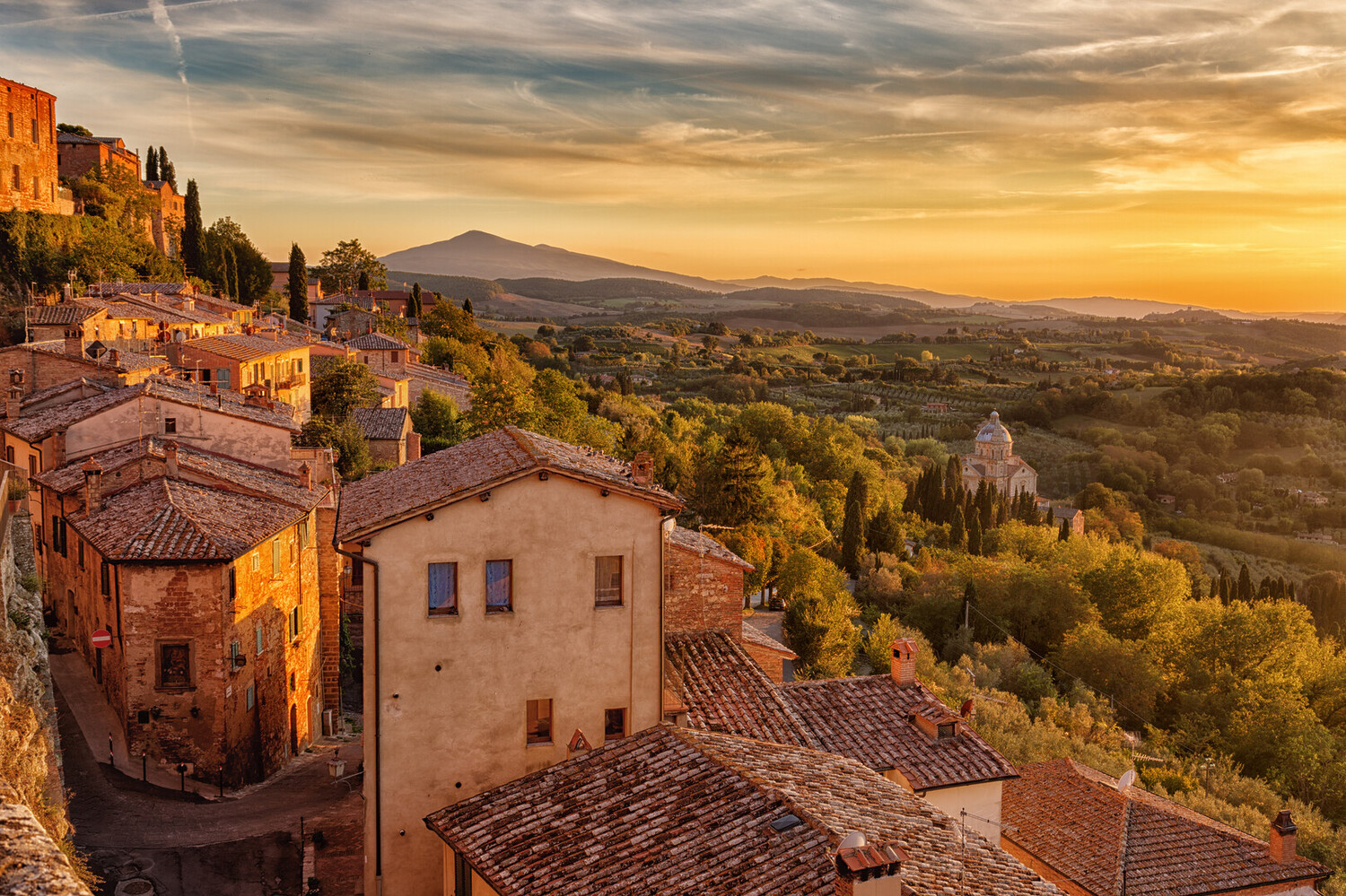
Montepulciano is a romantic hilltop town known for its dramatic views and deep-rooted winemaking tradition. Perched above the Val d’Orcia, it’s the birthplace of Vino Nobile di Montepulciano, one of Tuscany’s most celebrated reds. Get lost in the charm of its steep cobbled lanes, discover hidden Montepulciano wineries tucked beneath medieval palaces, and sip your way through centuries of viticulture. Wondering how to fill your time here? Explore our favorite things to do in Montepulciano, from historic cellars to scenic viewpoints that will make your camera work overtime.
9- Feel the Tuscan soul in Montalcino

Montalcino, another stunning hilltop town in southern Tuscany, is the birthplace of Brunello di Montalcino, one of Italy’s most prestigious red wines. Surrounded by rolling hills and centuries-old Montalcino wineries, the town charms with its fortress views, peaceful churches, and warm Tuscan light that hits just right at sunset.
Need inspiration? Explore the best things to do in Montalcino, from sipping bold reds in historic wine estates to wandering medieval streets that feel untouched by time.
10- Soak up the local flavor in the Chianti region

The Chianti region, tucked between Florence and Siena, is pure Tuscan daydream material. Think vineyards rolling into the horizon, hilltop villages with terracotta rooftops, and long lunches in sun-drenched trattorias. It’s hands down one of the best places to visit in Tuscany if you’re chasing that mix of rustic charm and full-bodied reds. A proper Chianti wine tour means slipping into ancient cellars, chatting with winemakers who’ve worked the land for generations, and toasting under vine-covered pergolas.
Good to know before visiting Tuscany
What are the best cities and towns to visit in Tuscany?
Tuscany is known for its beautiful cities and charming hilltop towns. The must-visit cities include Florence, the cradle of the Renaissance; Siena, famous for its medieval architecture and the Palio horse race; and Pisa, home to the iconic Leaning Tower. Smaller towns worth exploring include Lucca, known for its well-preserved city walls, San Gimignano, famed for its medieval towers and wine, and Montepulciano, known for its Vino Nobile wine and picturesque old town.
What are the best countryside areas to explore in Tuscany?
The Tuscan countryside is among the most scenic in Italy. Top areas include Val d’Orcia, a UNESCO World Heritage Site known for rolling hills, cypress trees, and medieval villages like Pienza and Montalcino. Chianti is another popular region due to its world-renowned wine and charming vineyards. The Crete Senesi region south of Siena also stuns visitors with its lunar-like landscape and peaceful ambiance.
Where should I go in Tuscany as a first-time visitor?
If you’re visiting for the first time, focus on iconic spots like Florence for art and culture, Siena for its well-preserved medieval character, San Gimignano for spectacular views and towers, and the Chianti region for wine and countryside charm. For a mix of city and rural experiences, spend a few days in Florence and then head south to explore Val d’Orcia.
What are the best places to visit in Tuscany by train?
Traveling Tuscany by train is a great way to see the region. Florence, Pisa, Siena, and Lucca are well-connected and easily accessible. Smaller towns like Arezzo and Pistoia are also reachable by regional trains. For countryside areas, such as Chianti or Val d’Orcia, traveling by train is more limited, so a car is often better for in-depth exploration there.
Can I explore Tuscany by car?
Yes, Tuscany is ideal for a scenic road trip. Drive through the Chianti wine route between Florence and Siena, explore the rolling landscapes of Val d’Orcia, or hop between medieval towns like Cortona, Volterra, and Montepulciano. A car offers freedom to visit lesser-known villages and stop at vineyards and farmhouses along the way.
What are the best places for wine lovers in Tuscany?
Chianti is world-famous for its red wines and offers numerous wine estates for tastings. Montalcino is the birthplace of the prestigious Brunello di Montalcino, while Montepulciano features the Vino Nobile wine. Bolgheri on the coast produces Super Tuscan wines and is also worth a visit. Many wineries offer tours, tastings, and even stays.
What are the best places to visit on the Tuscan coast?
The Tuscany coastline offers beautiful sandy beaches, charming fishing villages, and historical towns. Popular spots include Viareggio, known for its Art Deco architecture and lively promenade; Castiglione della Pescaia for its pristine beaches and historical center; and Elba Island, perfect for snorkeling and hiking. The Etruscan Coast, stretching south from Livorno, is rich in history and natural beauty.
Is Tuscany a good place to visit in February?
Yes, Tuscany can be a delightful winter destination. February is offseason, meaning fewer tourists and lower prices. While some rural attractions may be less accessible, cities like Florence, Siena, and Lucca offer museums, cultural sites, and cozy local trattorias year-round. Plus, the Carnival in Viareggio is a major event in February, famous for its extravagant parades and floats.
What are the best hotels to stay in Tuscany?
Accommodation in Tuscany ranges from luxury hotels to country villas. Top hotels include:
- Hotel Brunelleschi – Florence: luxury in a historic setting steps from the Duomo.
- Castello di Velona – Montalcino: a castle-turned-resort with thermal spas and vineyard views.
- La Bandita Townhouse – Pienza: a boutique gem in the heart of Val d’Orcia.
- Hotel Il Guelfo Bianco – Florence: charming and central near top landmarks.
- Borgo Santo Pietro – Chiusdino: a lavish retreat with Michelin-star dining and wellness programs.
What are the best restaurants in Tuscany?
Tuscany offers unforgettable culinary experiences. Don’t miss:
- Osteria Le Logge – Siena: elegant dining with traditional Tuscan recipes.
- Trattoria Mario – Florence: no-frills, old-school Tuscan fare loved by locals.
- La Porta – Monticchiello: fantastic views and farm-to-table Tuscan cuisine.
- Ristorante Caino – Montemerano: a two-star Michelin temple to modern Tuscan cuisine.
- Il Pellicano – Porto Ercole: coastal luxury with a refined twist on regional dishes.


